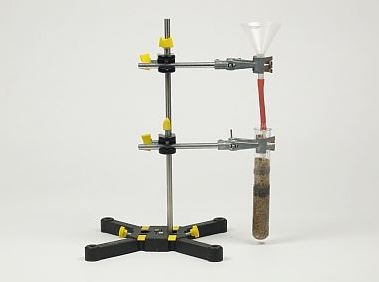setTimeout(function(){
window.print();
},500)

Technical data Oil fieldsArticle no: P7171200   Principle Petroleum collects in highly porous, spongy layers of rocks (e.g. sandstone) which normally contain water. Economically interesting petroleum accumulations are called oil fields. Below impenetrable layers, natural gas is found as the upper component, with petroleum below it and water underlying the petroleum. The search for oil fields concentrates on areas where the porous layers have their highest point (trap). The most frequent form of such a trap is a dome (anticline). Discuss the formation of oil fields, there build-up and how they are exploited. In the discussion you should also cover the topic of energy supply and energy problems. Learning objectives
Benefits
Scope of delivery
| ||||||||||||||||||||||||||||||||||||
PHYWE Systeme GmbH & Co. KG
Robert-Bosch-Breite 10 – 37079 Göttingen – Germany
www.phywe.com
Robert-Bosch-Breite 10 – 37079 Göttingen – Germany
www.phywe.com

